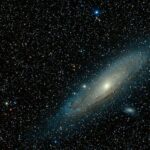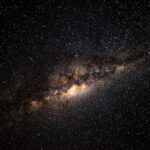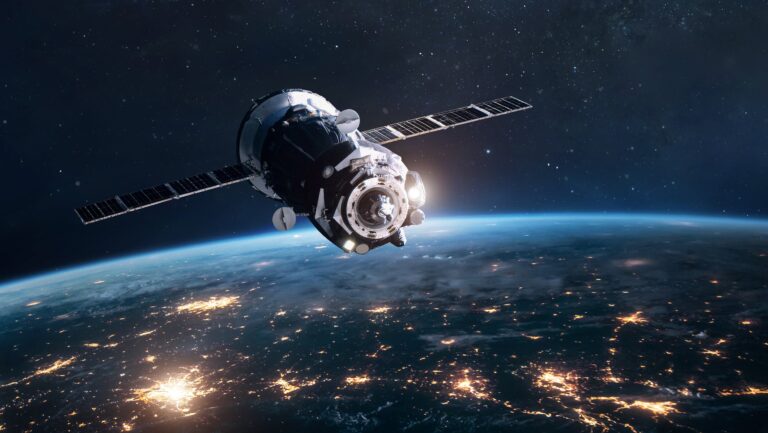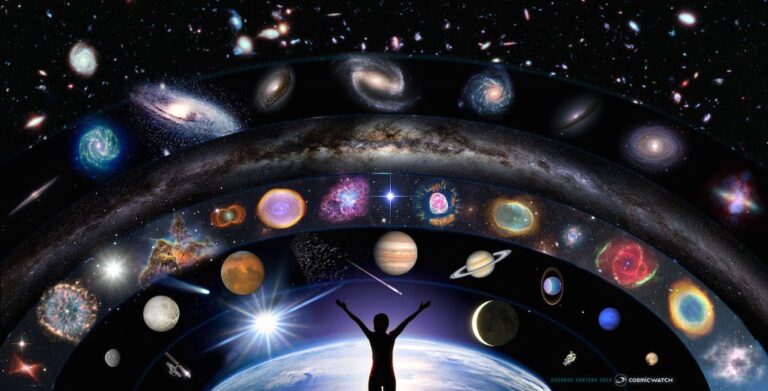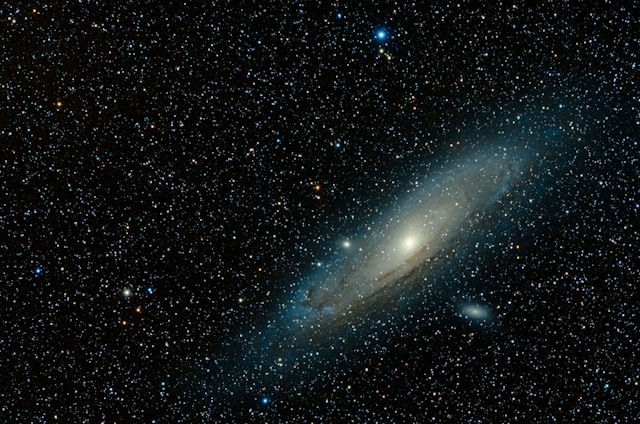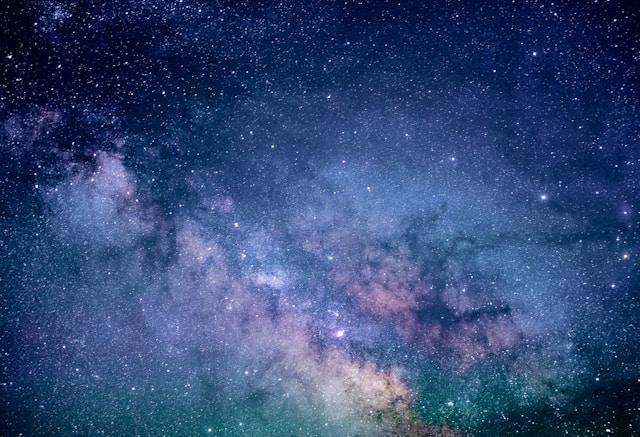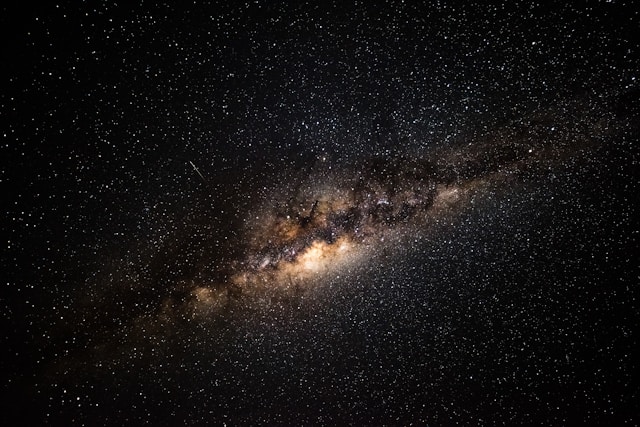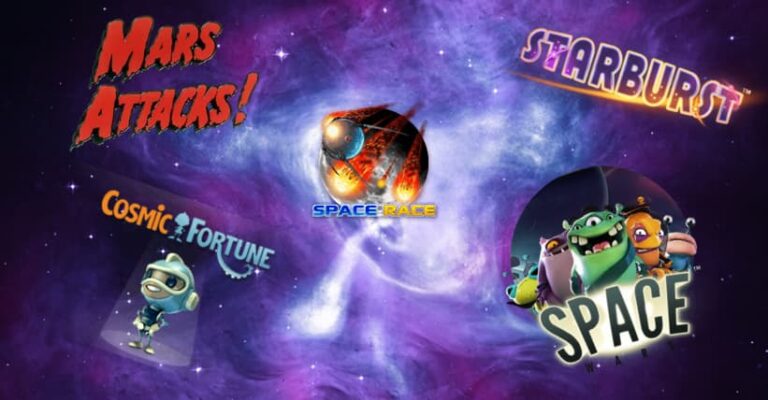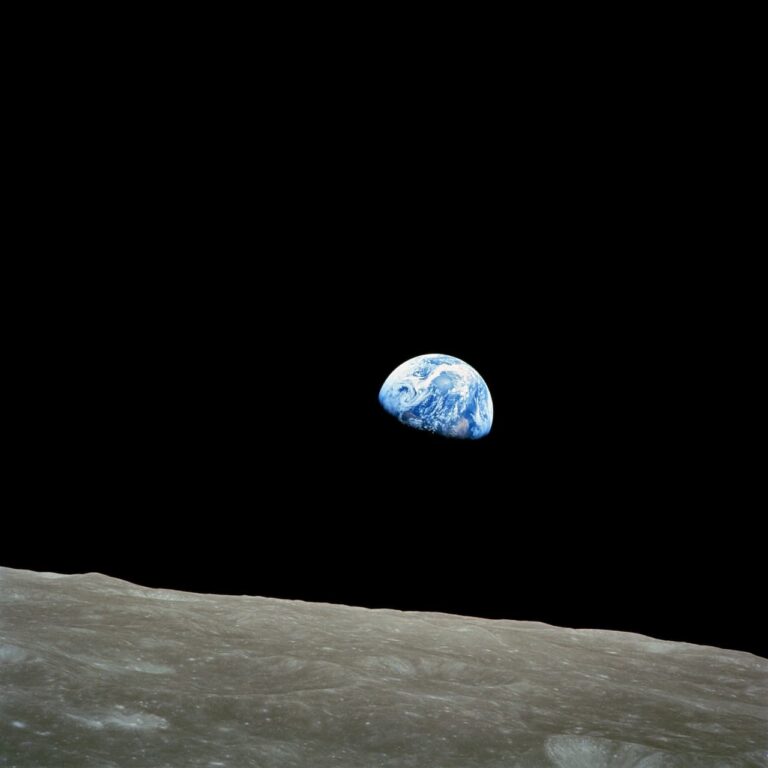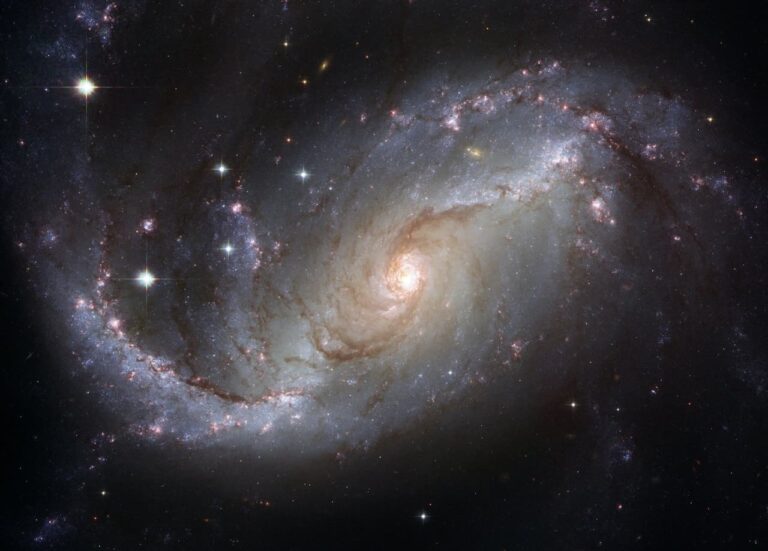The search for planets similar to Earth has been an important area of research in astronomy for decades. An Earth-like planet is one that has similar characteristics to Earth, such as size, composition, atmosphere, and distance from its star. These planets are of particular interest to scientists because they may be able to support life as we know it. In this article, we will discuss several Earth-like planets that have been discovered in the universe.
Kepler-438b
Kepler-438b is a planet that was discovered by NASA’s Kepler spacecraft in 2015. It is located in the constellation Lyra, about 470 light-years away from Earth. Kepler-438b is considered one of the most Earth-like planets known to date. It has a similar size to Earth and is located in the habitable zone of its star, which means that it is in the right distance from its star to have liquid water on its surface. Kepler-438b is also rocky and has a similar composition to Earth.
Proxima Centauri b
Proxima Centauri b is a planet that orbits the closest star to our solar system, Proxima Centauri. It was discovered in 2016 and is located about 4.2 light-years away from Earth. Proxima Centauri b is considered to be potentially habitable because it is located in the habitable zone of its star and has a similar size and composition to Earth. It is also rocky and is likely to have a thin atmosphere, which could potentially support life.
TRAPPIST-1 System
The TRAPPIST-1 system is a planetary system that contains seven Earth-sized planets. It is located about 40 light-years away from Earth, in the constellation Aquarius. All seven planets in the system are located in the habitable zone of their star, which means that they could potentially have liquid water on their surfaces. The TRAPPIST-1 planets are also rocky and have a similar composition to Earth. Each planet has its own unique characteristics, such as the number of days it takes to orbit its star and the amount of light it receives from its star.
Kepler-442b
Kepler-442b is a planet that was discovered in 2015. It is located in the constellation Lyra, about 1,120 light-years away from Earth. Kepler-442b is about twice the mass of Earth and orbits a star similar to our Sun. It is also located in the habitable zone of its star, which means that it could potentially have liquid water on its surface. Kepler-442b is rocky and has a similar composition to Earth.
LHS 1140b
LHS 1140b is a planet that was discovered in 2017. It is located in the constellation Cetus, about 41 light-years away from Earth. LHS 1140b is slightly larger than Earth and is located in the habitable zone of its star. It is also rocky and is likely to have a thin atmosphere. Scientists believe that LHS 1140b could be a good candidate for further study to determine if it could support life.
Kepler-452b
Kepler-452b is a planet that was discovered in 2015. It is located in the constellation Cygnus, about 1,400 light-years away from Earth. Kepler-452b is often referred to as Earth’s “cousin” because it is very similar in size and temperature. It orbits a star that is similar to our Sun and is located in the habitable zone of its star. Kepler-452b is also rocky and has a similar composition to Earth, which makes it a strong candidate for further study to determine if it could support life.
HD 40307g
HD 40307g is a planet that was discovered in 2012. It is located in the constellation Pictor, about 42 light-years away from Earth. HD 40307g is about seven times the mass of Earth and is located in the habitable zone of its star. It is also rocky and has a similar composition to Earth. HD 40307g is one of several planets in its system, but it is the only one that is located in the habitable zone.
Gliese 667Cc
Gliese 667Cc is a planet that was discovered in 2011. It is located in the constellation Scorpius, about 22 light-years away from Earth. Gliese 667Cc is about 4.5 times the mass of Earth and is located in the habitable zone of its star. It is also rocky and has a similar composition to Earth. Gliese 667Cc is one of several planets in its system, and scientists believe that it could potentially support life.
In conclusion, the discovery of Earth-like planets in the universe has been a major breakthrough in the search for extraterrestrial life. Kepler-438b, Proxima Centauri b, the TRAPPIST-1 system, Kepler-442b, LHS 1140b, Kepler-452b, HD 40307g, and Gliese 667Cc are just a few examples of Earth-like planets that have been discovered. These planets offer scientists the opportunity to study the conditions necessary for life and to potentially discover new forms of life beyond Earth. As technology and methods for detecting planets improve, it is likely that more Earth-like planets will be discovered in the future.




